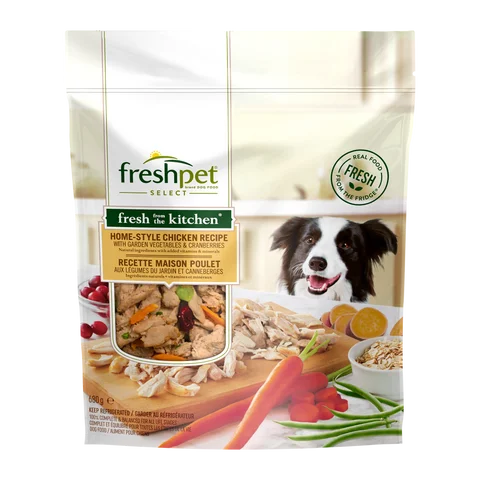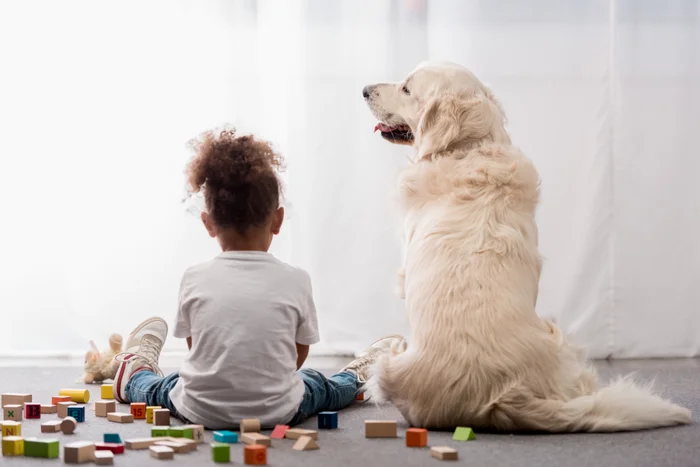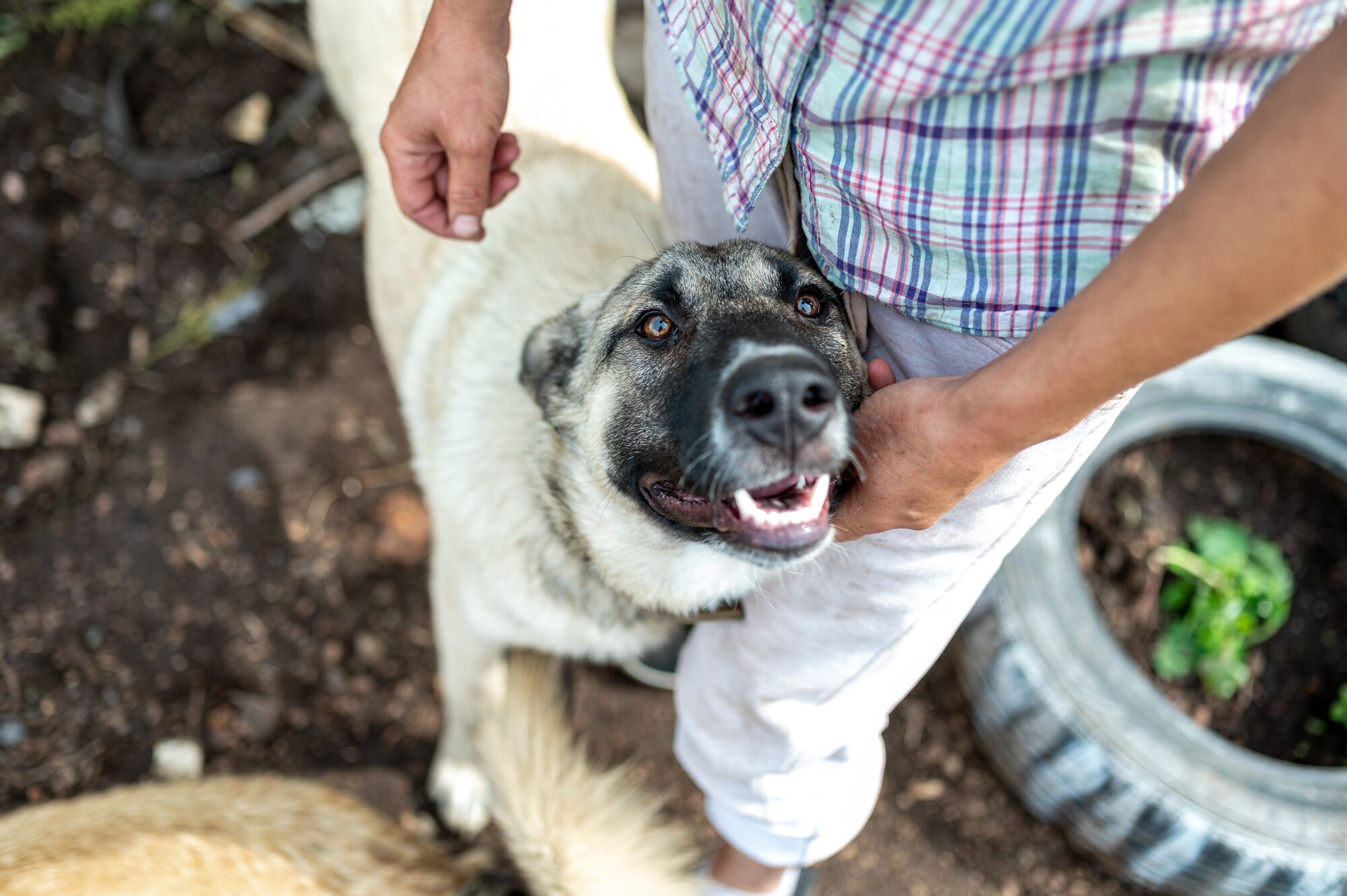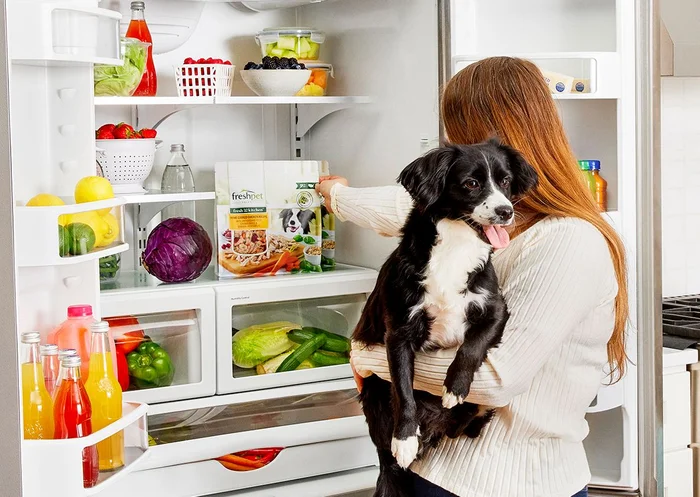


written by Tori Holmes
Bringing a dog into a child's life can be an enriching experience, fostering empathy, responsibility, and companionship. However, it's essential to ensure that interactions between children and dogs are always safe and respectful. Teaching children how to interact calmly and gently with dogs not only prevents potential accidents but also nurtures a positive relationship between the child and their furry family member.
Before any interactions take place, you’ll first want to lead by example and demonstrate how to properly interact with the dog. A good place to start is with these three key behaviors:
● Always introduce your hand for sniffs: When a child is meeting a dog for the first time, encourage them to approach the dog calmly and extend their hand for a sniff before they try and do any petting. Remind them that dogs learn a lot about a person through their nose, so giving them time to sniff allows the dog to become familiar with their scent and helps establish trust. This is also a great time to reinforce the importance of respecting the dog's personal space and allowing them to initiate contact.
● Avoid hugging or pulling: Children often express affection by hugging, but it's crucial to teach them that not all dogs enjoy being hugged. Hugging can make some dogs feel trapped or threatened, leading to stress or aggression. Instead, encourage the child to show their affection through gentle petting and verbal praise. You can also remind them dogs don’t enjoy having their face, ears, tail, or fur pulled.
● Gentle petting: Once the child has mastered how to safely approach and introduce themselves to dogs, you can show them how to pet. Be sure to emphasize the importance of using slow, smooth motions and petting in the direction of the dog's fur growth and avoiding sensitive areas such as the face, ears, and tail. Encourage children to observe the dog's body language for signs of discomfort or anxiety, such as lip licking, yawning, or backing away. If the dog shows any signs of stress, teach children to give them space and refrain from further interaction.
While they’re learning, always use praise and encouragement to reinforce the child's positive behavior and gently correct any inappropriate actions.
As a pet parent, it's essential to closely monitor your dog's body language when interacting with children. Even though you’ve explained what body language to look out for, the child will probably be so excited about meeting the dog that they may not notice more subtle signs. It’s your job to watch for signs of stress, fear, or discomfort, such as:
● Flattened ears
● Tucked tail
● Wide eyes
● Lick lipping
● Yawning
● Growling
If you notice any signs of tension, intervene immediately and remove the dog from the situation to prevent any potential conflicts.
Positive reinforcement is a powerful tool in shaping behavior. When it comes to fostering a positive relationship between dogs and kids, using rewards like Freshpet treats can be incredibly effective. By rewarding the dog with a treat for responding calmly and gently to the child, we reinforce those desirable responses. This encourages the dog to continue exhibiting those behaviors in future interactions, creating a positive cycle of behavior.
By teaching children to respect the dog's boundaries, observe their body language, and offer gentle affection, we can help ensure that interactions between children and dogs are always positive. With a little bit of patience, consistency, and Freshpet treats, we can nurture a lifelong bond built on trust, respect, and love!

pet wellness
Discover signs of your dog's deep emotional attachment to you, from enthusiastic greetings to loving companionship.

dog nutrition and feeding
Have you ever wondered “can dogs sense human emotions”? Extensive research has been done in this field and the results may (or may not) surprise you.
